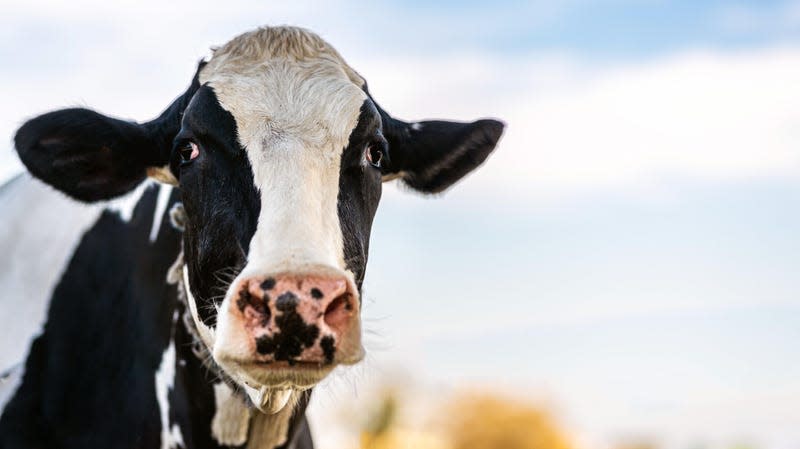The Bird Flu Situation Is Not Looking Great

Food and Drug Administration officials reported this week that lab tests have found genetic material from strains of H5N1 avian influenza in samples of store-bought pasteurized milk. Officials say these samples do not appear to contain live virus and that the commercial milk supply should still be safe. But the results suggest that the virus has spread further across dairy farms than previously indicated.
Researchers discovered H5N1 in store-bought milk using highly sensitive quantitative polymerase chain reaction (qPCR) testing, which looks for traces of genetic material belonging to a target germ. Importantly, these tests cannot be used to confirm the presence of live, infectious virus. The FDA’s early assessment is that these tests have only identified inert remnants of H5N1 in the milk. But the agency is now preparing to perform additional “gold standard” tests to know for sure. At the same time, health officials continue to believe that commercial milk is unlikely to help spread H5N1 to humans.
“The FDA and USDA have indicated that based on the information currently available, our commercial milk supply is safe because of these two reasons: 1) the pasteurization process and 2) the diversion or destruction of milk from sick cows,” the agency said Tuesday in its latest update on the situation.
To date, cases of highly pathogenic H5N1 in cows have been found in at least 30 farms across eight states. These strains are called highly pathogenic due to the massive illness and deaths that they can cause among wild and domestic birds. So far, infected cows have generally avoided severe illness, but many have experienced symptoms such as reduced or discolored milk production and low appetite. There have also been cases of H5N1 found in cats tied to these farm outbreaks, along with at least one human case, though no deaths in either species have been reported.
Genetic evidence released to the outside science community on Sunday suggests that the initial spillover event from birds to cows may have occurred as early as December 2023, months before the first known cases were reported by local officials. And, coupled with the discovery of H5N1 in store-bought milk, it’s now looking likely that outbreaks are much more widespread than currently tallied.
“The dissemination to cows is far greater than we have been led to believe,” Eric Topol, founder of the Scripps Research Translational Institute, told CNN on Tuesday.
The major worry with avian influenza strains such as H5N1 is that they could someday develop the right assortment of mutations that would allow the virus to spread easily between humans while also causing severe illness in many. So, the longer it’s able to remain in cows, the greater the likelihood that some strains will adapt and become better at transmitting between mammals, humans included.
While our milk supply may be safe and the overall risk to humans remains low for now, these latest developments indicate that stopping H5N1 in its tracks before things can grow worse is not going to be easy.

